My Top Six Cookbooks for Frugal Cooking
Tried-and-true resources for the broke and the fretful
Throughout my life, I’ve had many lucrative careers, such as grad student, unemployed immigrant waiting on a work permit, and stay at home mom. I’ve experienced the positively glamorous vocation of putting myself through college and the lush lifestyle that comes with adjunct professor pay. If I’m an expert at anything it would be, well, history. And then maybe cookbooks. But thriftiness would be a close third!
There are quite a few budget cookbooks out there, but it’s not really a one size fits all category in my opinion. Everyone’s budgets, tastes, cooking styles, food access, and needs differ drastically.
Instead, there are a few things I specifically look for when I am need a book to help me shore up my budget:
Flexibility: I love books with blueprints, ways to use scraps, and recipes written with purposeful flexibility. Sure, I could wing it in the kitchen, but I generally don’t because I am too cautious and a little bit lazy. I like having a set of instructions, however loose, with a proscribed way to play around and use up what I have. I always keep an eye out for books with these roadmaps or recipe types.
Ingredient overlap: I look for books with recipes using ingredients that overlap with what I usually have on hand, or that I can obtain easily and affordably. Hunting down specialty ingredients or cuts of meat that I don’t know how to use in many ways is something I try to avoid when I don’t have a lot of money wiggle room. Additionally, if I always find myself with some kind of scrap or leftover of something, I keep an eye out for recipes that use it up. For me that’s celery, carrots, bread crusts, and the crumbs at the bottom of the tortilla chip bag.
Personally accessible ingredients: There are ingredients that immediately make me turn the page when I’m on a budget. I’ve been in situations where anything with a red bell pepper was off the table, and let’s not even talk about Manchego cheese or saffron. (It’s green peppers, mild cheddar, and paprika, buddy, or we don’t have a deal!) Or, if I can buy cheap spaghetti but not, say, ziti, then I avoid the ziti world. If there are too many recipes in a book with ingredients out of my budget or that lack versatility for me, then I’ll avoid it.
Taste: Maybe obvious, but a budget book is of no use if you or your family won’t eat it. A book that relies heavily on the thrifty staples of beans and rice, for example, would probably end up being more expensive for me because I would be throwing out a lot of beans and rice that my children categorically refuse to touch and making a second dinner. Similarly, if there’s something you sink a lot of money into, like frozen pizza or yogurt or Rao’s marinara (which is actually priced for royalty)1 and you find a book with a whole bunch of ways to make those things at home in a way that is sustainable and enjoyable, then it’s a good book for you!
Time: Sometimes books are great for your budget but completely impossible in terms of time. This is just to say, time and cost are a tradeoff. It’s probably cheaper to make your own all-butter puff pastry, but making puff pastry when you’re alone with a baby who just learned to crawl or you’re working away from the house from 7 am to 7 pm is probably not a good idea. Sometimes, however, you lack both time and money. At these times, you need a book that is both cheap and easy, and it probably involves less scratch cooking. Thus, cooking like this might also entail eating some humble pie, as you begin to rely on ingredients you previously avoided (maybe even avoided vocally). Or it could involve the righteous anger that comes with the consistent denigration in food media of something that has legitimately made feeding your family possible. Both of these changes are positive in the long run, so soldier on!
With all those variables in mind, here are some of my personal favorite book for helping me tighten up my budget. These are all books I have used for several years that have earned a permanent place in my collection. Here they are in no particular order.
1) Ready, Set, Cook by Dawn Perry
I had my library buy this book four years ago, and then I checked it out so often I bought it. That’s how much I liked it.
The book is divided into three parts: What to Buy, What to Cook, and What to Make. Out of all of these sections, I have relied most heavily on What to Make, which is itself divided into In the Cupboard, In the Fridge, and In the Freezer.
This section includes excellent ideas about food prep, recipes for useful freezer staples, several options for using up scraps, and a ton of flexibility. There are recipes for homemade spice blends and all kinds of dressings and sauces. It includes savory sauces, like a marinara I like to keep on hand, as well as a chocolate sauce I have made dozens of times. It also contains a freezer pie crust easy enough for the perpetually pie-crust challenged (me).
The What to Cook section has several recipes for putting the staples made in the previous chapter to use, as well as many more adaptable recipes. In bygone years, with the pie dough in my freezer, and pre-cooked vegetables according to Dawn’s methods in the fridge, I made super easy veggie galettes regularly, because it was very quick and delicious, and even my young toddler ate them. This mostly stopped with my kid’s inevitable discovery of dining autonomy around age 2, but it was great while it lasted.
Dawn uses a fairly small range of inexpensive staples to produce varied meals, snacks, and staples. She also provides recipes that give a range of ingredient options, making Ready, Set, Cook helpful for making food based on what’s on sale in a given week or what needs to be used up in your fridge ASAP.
This book is incredibly useful and well thought out, and I have turned to it many times over the past few years.
2) Meal Prep Magic by Catherine McCord
I’ll admit that I follow absolutely none of the organizational ideas in this book but I think the recipes are very useful. Like Dawn Perry’s book above, Meal Prep Magic is very adaptable, and also makes good use of a lot of inexpensive staples.
Admittedly, the book is a bit confusing in its organization because it’s broken down by storage area and ingredient rather than meal type. That is, it has three main recipe chapters: Refrigerator, Freezer, and Pantry. Then, each of these sections is subdivided into ingredient, i.e. Frozen Vegetables, Frozen Fruits, Frozen Seafood.
While this is extraordinarily unhelpful when you can’t find the Stovetop Broccoli Mac and Cheese (filed under Milk, not Pasta), it’s great because all of these sub-categories are pretty cheap staples that Catherine builds the recipes around. If you can get over the organizational hurdle, the payoff is there. On top of that, Catherine provides storage and make-ahead instructions, ways to repurpose leftovers, and a lot of accommodating recipes.
In our house, the variations of Overnight Oats and Chia Pudding are on repeat, and the Pull-Apart Egg Sandwiches are a house favorite. I’ve also had success with the Crispy Avocado Tacos, Hand Pies, Blender Banana Breakfast Loaf, Cheesy Brown Rice Cakes, Blistered Cherry Tomato and Gooey Mozzarella Spaghetti, and Crispy Artichoke Hearts. I did have on big fail with the Ricotta Gnocchi, which was actually unpalatable, but that’s the only misstep I’ve run into so far.
Catherine McCord created the Weelicious website back in the day, so her original beat was kid food. While this book definitely does tack family friendly, it is not kid-centric. It’s a solid book for anyone to have at the ready for creative uses of cheap staples in any size household.
3) Make the Bread, Buy the Butter by Jennifer Reese
Remember above when I talked about the time-versus-money balance? Jennifer Reese tackles that question throughout this entire book in an incredibly acerbic and articulate way. In Make the Bread, Buy the Butter, Jennifer assesses the cost and hassle of making versus buying several different foods, ranging from basic and easy to very complex. For the book, Jennifer went so far as to raise goats, chickens, and turkeys to see if it was worth it to raise and slaughter them instead of buying them from the store.
Each recipe offers a cost comparison of homemade versus store-bought, an assessment of the hassle involved, and a declaration on whether to make or buy it. It is also filled with hilarious essays that I have probably read twenty times each.
This book really opened my eyes to the expense of store-bought vanilla, and I often consult it when I get the yen to cook something from scratch. If Jennifer deems it unworthy of the hassle, or the cost differential is pathetically low, I generally trust her and avoid it. Just last weekend, I tried Jennifer’s take on pigs in a blanket, and they were excellent. I’ve owned this book for nearly fifteen years, and I’ve always been happy to have it.
A few things of note are that there are absolutely no pictures, and that Jennifer is not a recipe writer who holds your hand. She writes in an old-school, pragmatic way. This book might not be for the beginner cook—though I did use it when I was starting out—but it is excellent for anyone wading into more from-scratch cooking with a budget in mind.
But even if you don’t cook from it, it’s a fantastic read.
4) Bare Minimum Dinners by
I’ve actually written about this book before as a dinnertime lifesaver in a particularly hectic phase of life, but I didn’t focus on its affordability. While this book certainly contains some pricier ingredients, most of it is easily accessible and inexpensive. On top of that, Jenna’s minimalist approach to ingredients really keeps spending in check.
I lived on this book after the birth of both of my kids. If you need something quick and easy that incorporates quality store-bought options, this is your book. Jenna has given me many of my favorite cheap recipes: Fish Stick Tacos, Skillet Harissa Beef and Cabbage, Turkey Enchilada Bowls, Black Bean Burgers, Shortcut Salmon Burgers, Chicken Enchilada Casserole, Apple-Cheddar Dutch Baby, Baked Rigatoni (make your own crème fraîche if you need, it’s easy!), BBQ Pork Burgers, Any Onion Frittata, Mixed Grill, Eat with Everything Slaw, Peels-On Cumin Roasted Carrots, Cheesy Cauliflower Rice, and Quick Cukes.
That’s a lot because I am literally always cooking from this book. If cooking feels like too much right now or ever, you might want to get your hands on a copy.
5) Simply Julia by
Julia Turshen writes great books, and I think they’re actually all budget-minded because of her consistent openness to experimentation. But if I had to pick one right now to fit this list, it would be Simply Julia. I turn to several recipes in this book when I’m cutting costs.
Julia is incredibly skilled at sifting through all the pretension and superfluity that can pervade cookbooks. She breaks down food and eating in a way that seems authentically non-judgmental, and it comes through in the recipes in this book. Nothing in Julia’s recipes feels geared towards clout or culinary grandstanding. If you’ve ever read a cookbook and felt alienated by its preachiness or pronouncements, I would direct you towards Julia’s work.
Some of my favorite cheap recipes from this book that I have cooked many times and loved are Doug’s Tex-Mex Turkey Meatballs (for using up the bottom of tortilla chip bags!), Mustardy Cracker Crumb Fish, Stewed Chickpeas with Peppers & Zucchinis, Spinach & Artichoke Chicken Bake, Sticky Chicken, Chicken Reuben Skillet, Green Chile Braised Chicken Thighs with Pinto Beans, Grace’s Green Beans with Garlic & Tomatoes, Sled Dog Muffins, and Any Frozen Fruit & Cornmeal Cobbler.
The energy from this book, to me, is a kind aunt teaching you how to put food on the table but not be too serious about it.
6) Ten Dollar Dinners by Melissa d’Arabian
Okay, finally, this one is actually a budget book, and it’s a good one! While you may know her only from Guy’s Grocery Games, Melissa was once a host of a Food Network show in her own right about cooking on the cheap, and this book is a product of that original persona.
Each recipe in this book is given a rating from one to five showing how comparatively expensive it is. There are also some roadmaps for using up scraps that I’ve used countless times, including Crisper Drawer Pasta and Creamy Any Veggie Soup.
While some inexpensive-cooking books can feel very developed, this one comes across as genuine. It conveys an understanding of what it truly means to want to cook well within the confines of a small budget. Melissa’s husband is French, and she spent some time there, as well, so there is a heavy French inflection on the recipes. Additionally, Melissa had four young children at the time she wrote the book, so there is some attention paid to family-friendly food. On the time/money continuum, the recipes in Ten Dollar Dinners definitely involve more effort to eke great flavor out of humble ingredients.
With good success, I’ve made the Zucchini Carpaccio, Salmon Cakes, Spiced Tilapia Tacos, Easy Coq au Vin, Slow Cooker Pork Shoulder, Black Bean Nacho Burgers, Sweet Zucchini Sauté, Provençal Tomatoes, Creamy Celery, Quick Sour Cream Biscuits, Rigatoni with No-Cook Tomato Sauce, Peanut Butter-Chocolate Lava Sundaes, and Croque Madames.
If you do have more time on your side, this book has been consistently reliable for me for years.
To conclude, we must ask the looming questions: if you spend all your money on budget cookbooks, are you even saving money? All of these books have been out for at least a few years, so if you can’t find them at your library, I bet you can at least find an inexpensive used copy.
Sometimes, when you have to forgo non-canned fish and non-ground beef, it can seem like a huge drag. But it can also lead to some awesome culinary discoveries. If you’re really in the thick of it, I hope this helps.
Not actually. But it costs a lot!

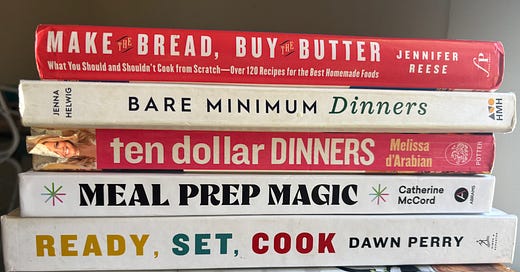



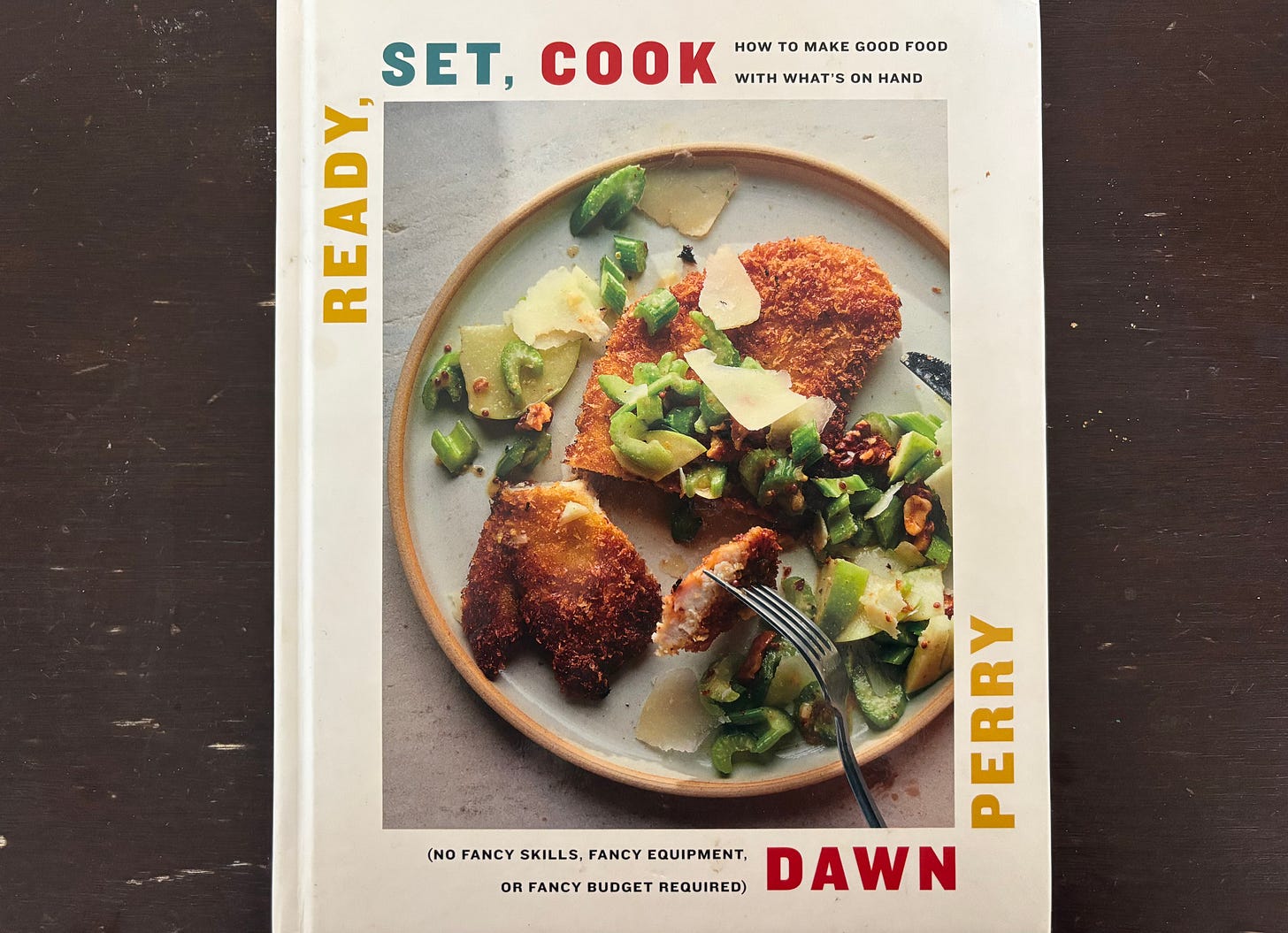
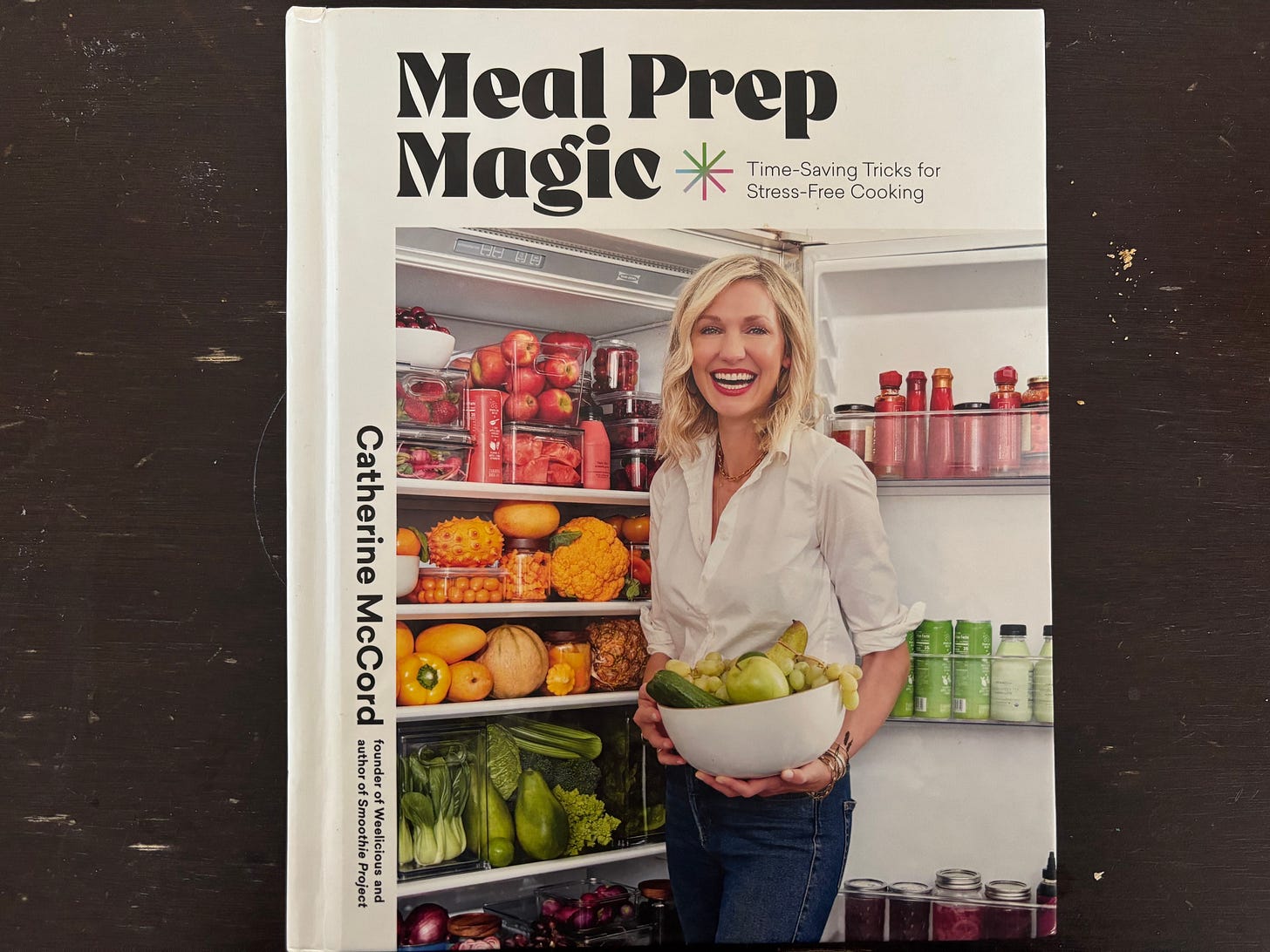
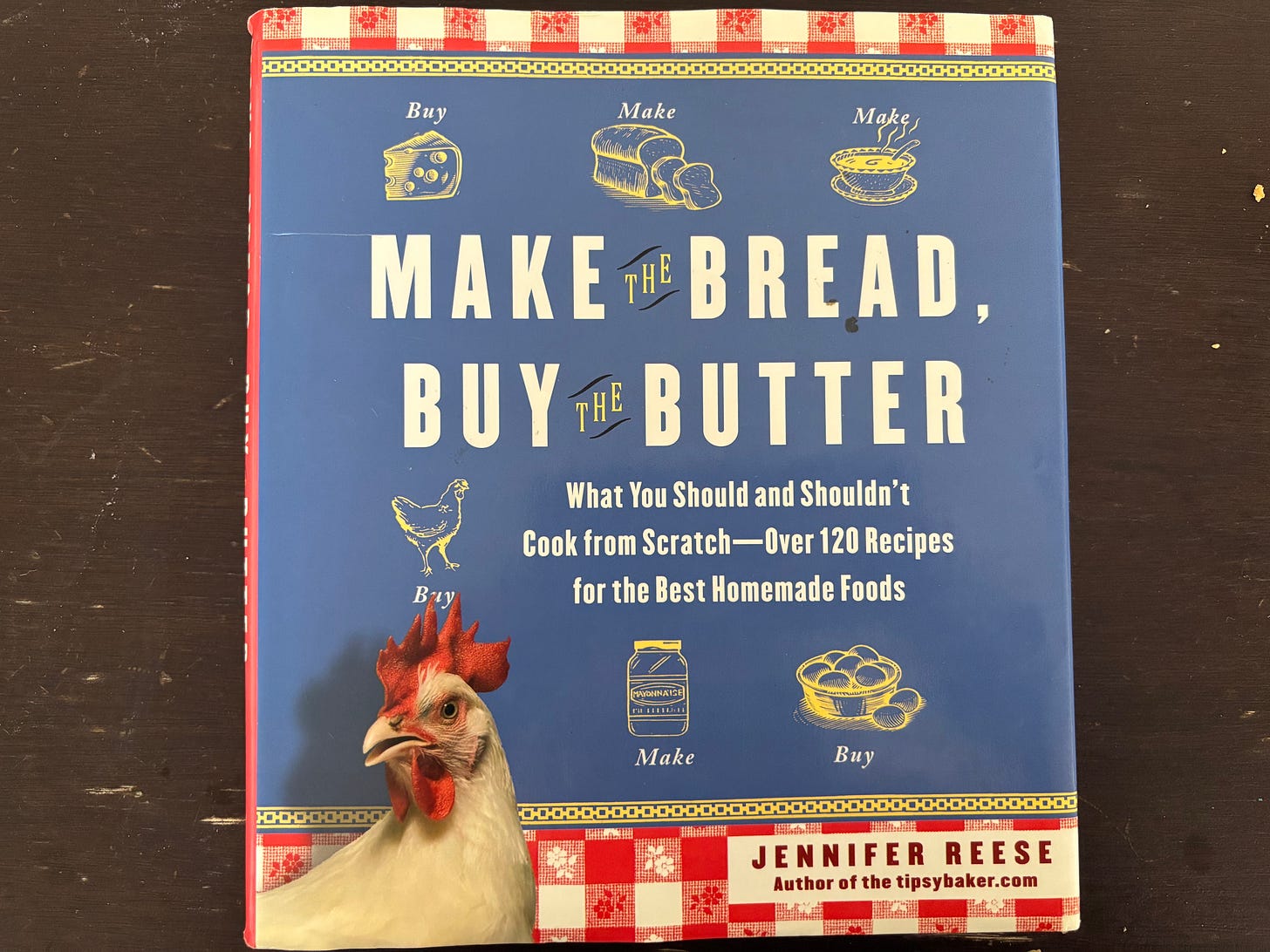
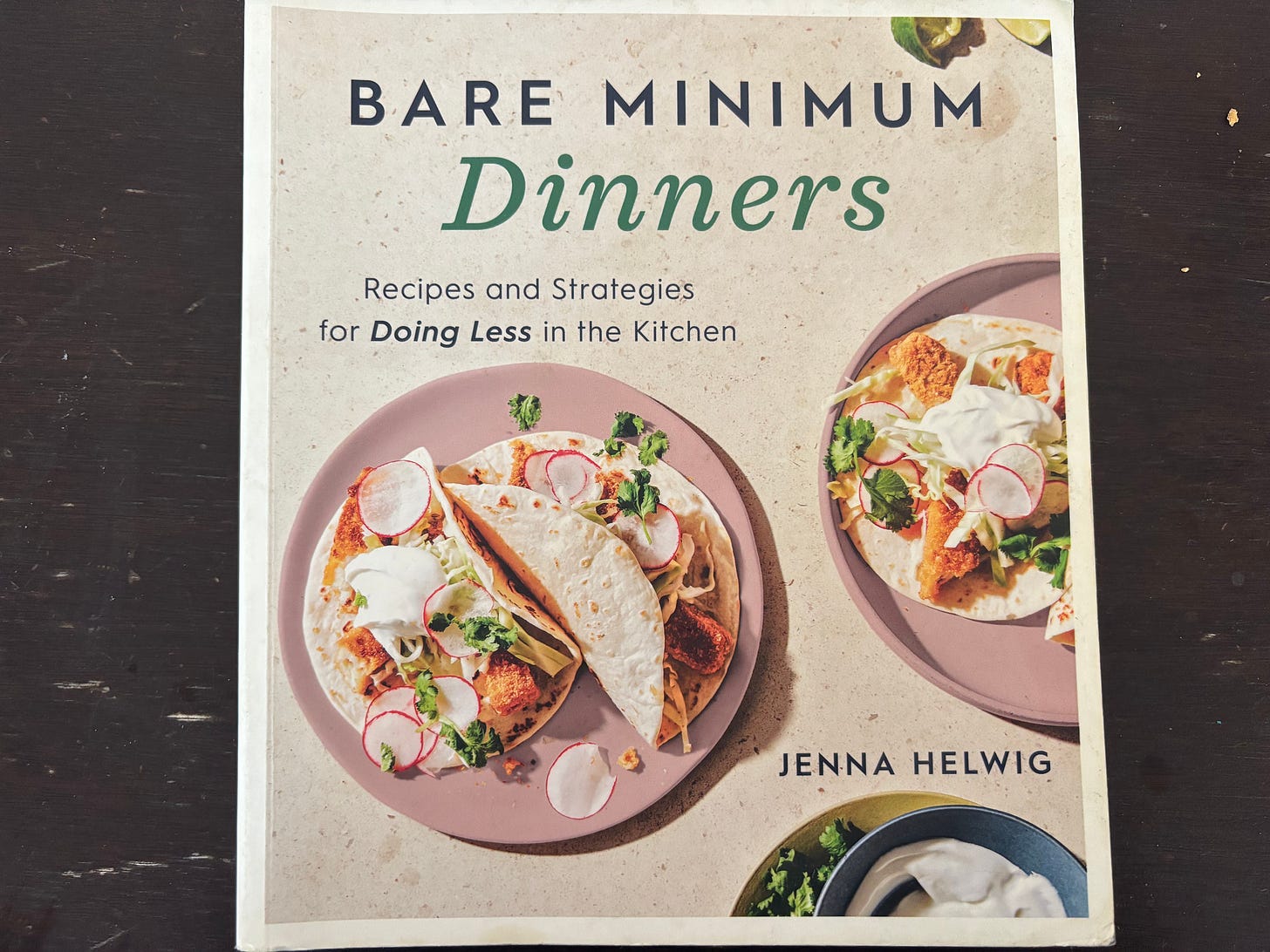
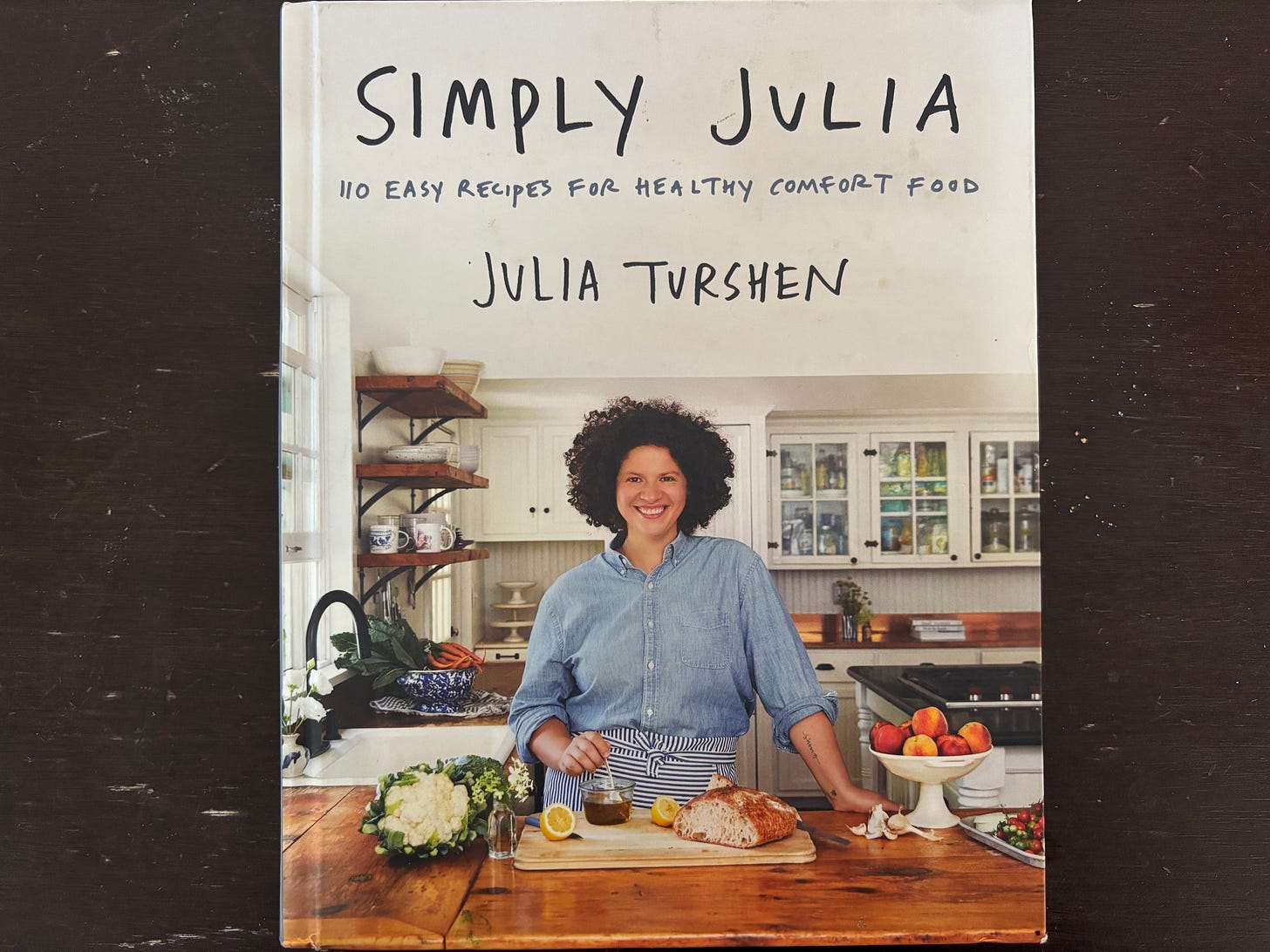
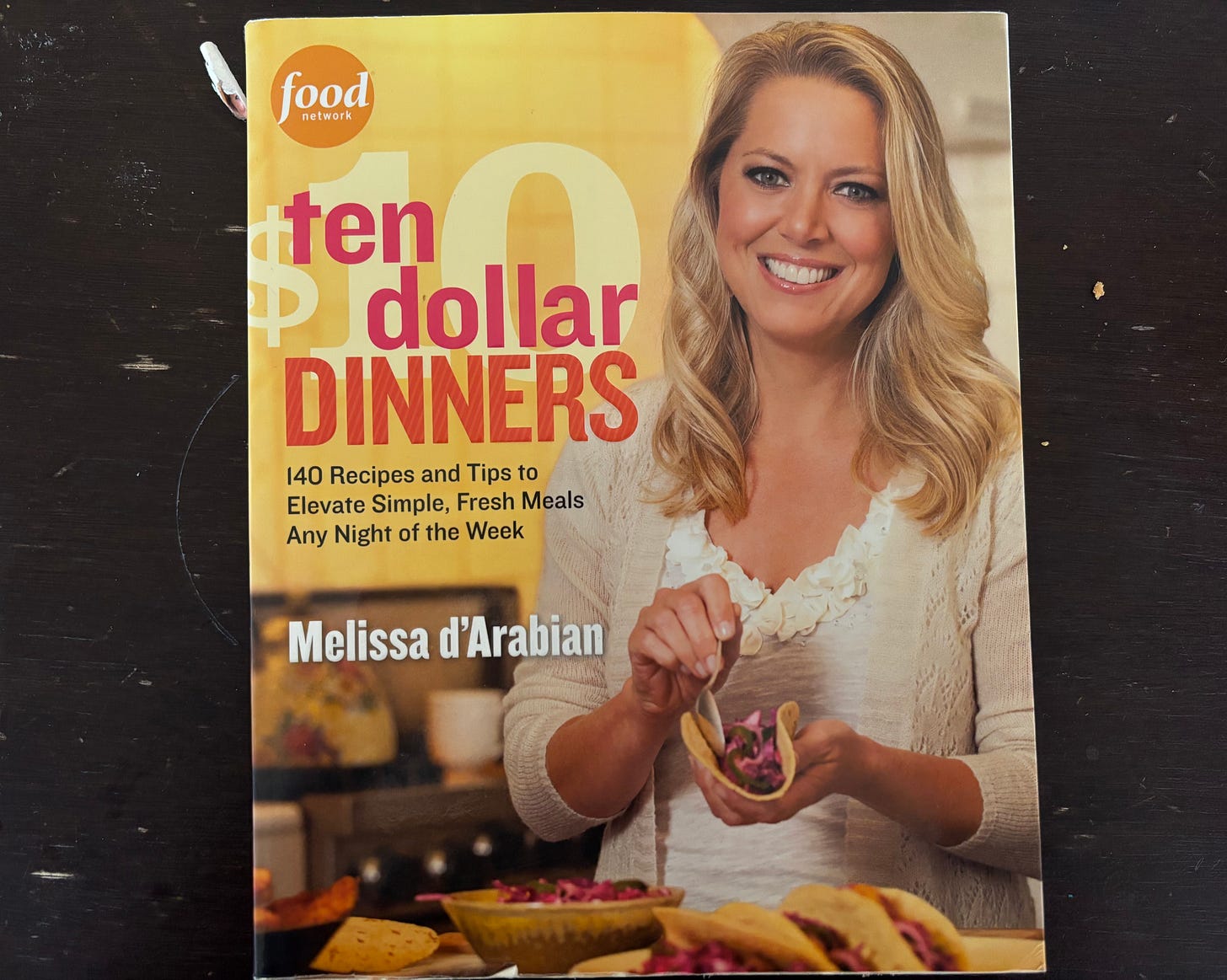
Thanks for these suggestions! Good and Cheap: How to eat on $4 a Day is SO good filled with truly great tips and riffable recipes. Plus you can download it for free from the author’s website as it was her master’s thesis! https://leannebrown.com/good-and-cheap-2/
Bare minimum dinners is one of the best cookbooks I've ever owned.